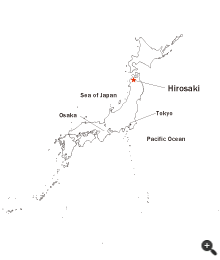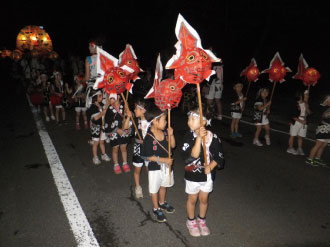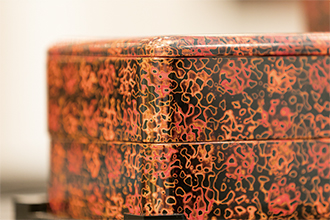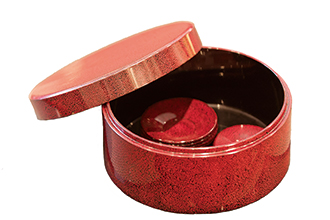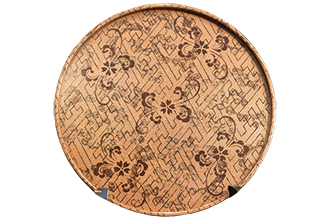niponica is a web magazine that introduces modernJapan to people all over the world.
2019 NO.25
 Strolling Japan
Strolling Japan
Cooperation: Hirosaki City Office, Tsugaruhan Neputa Village
Photographs: Hirosaki Tourism and Convention Bureau, Kanai Gen,
Sakuragaoka Nursery School, Otsuka Tomonori, Higashida Yuji/Aflo and amanaimages
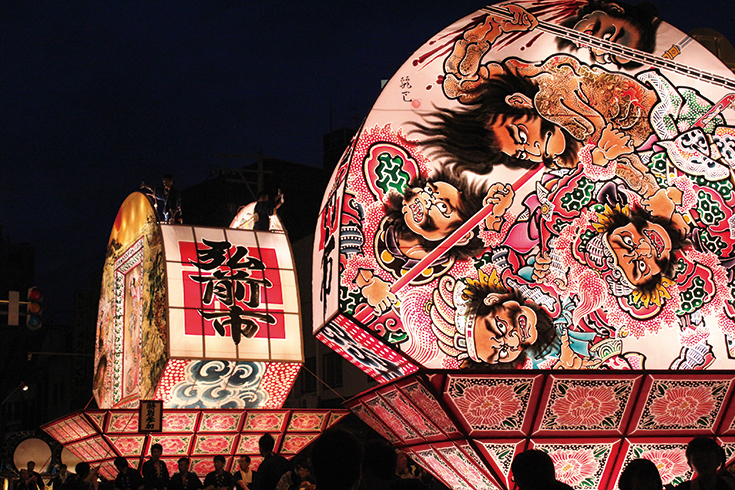
Hirosaki is a town located in the western part of Aomori Prefecture. It is the northernmost castle town in the Tsugaru region on the main island of Japan which has prospered as the nucleus of politics, economics and culture.
Hirosaki City is famous throughout Japan for the Hirosaki Neputa Festival, which, in August each year, attracts large numbers of domestic and foreign tourists. The Hirosaki Neputa is a festival with a long history that was designated in 1980 as an important intangible folk culture asset of Japan. It is a real spectacle with fan-shaped lantern floats, decorated with different pictures on the front and back, being paraded to an accompaniment of spirited shouting through the town, creating a blaze of light. The Kodomo Neputa also adds excitement to the festival. Children hold Kingyo Neputa (goldfish-shaped lanterns) in their hands and walk with small lantern floats. It looks very cute and brings smiles to onlookers’ faces.
Another feature of Hirosaki is that it is the production area for Tsugaru-nuri. Tsugaru-nuri displays unique patterns achieved through repeated application and polishing of urushi. Among the many different types of Japanese shikki, it is famed for the amount of hard work entailed in its production – one item sometimes taking around six months to complete. Kara-nuri, a representative type of Tsugaru-nuri, shows beautiful fault lines of colored urushi and presents a sense of depth created by the multiple layers of urushi coating. The city has facilities that are worth a visit, such as the Hirosaki Sightseeing Information Center where you can see Tsugaru-nuri, and Tsugaruhan Neputa Village for hands-on experiences.
Set of Tsugaru-nuri stacked boxes. Tsugaru-nuri is characterized by unique patterns, including the kara-nuri shown in the photograph.
A tea chest containing a full set for making green tea, with the Nanako-nuri technique applied. One of the techniques used in Tsugaru-nuri is Nanako-nuri in which shikki are sprinkled with rapeseed, coated in colored urushi and then polished.




